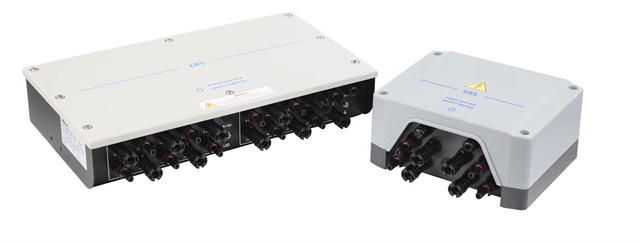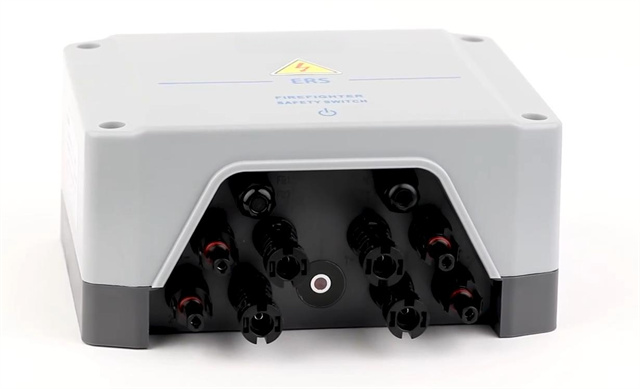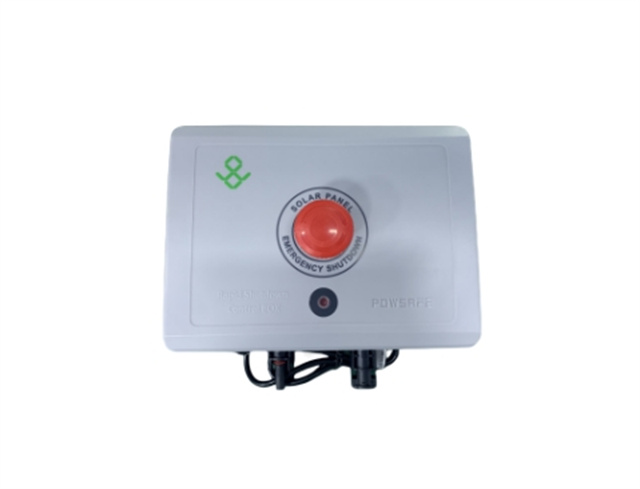Author:BLD Solar Energy SystemFROM:Solar System Converter Manufacturer TIME:2023-08-25
Introduction:
Rapid shutdown switches play a crucial role in the photovoltaic (PV) industry. These switches are designed to enhance safety and protect individuals and property from potential hazards during maintenance, emergencies, and other situations. Rapid shutdown switches provide a reliable means of de-energizing PV systems quickly, reducing the risk of electrical shock and fire incidents. This article explores the use of rapid shutdown switches in various applications within the solar industry.

Rapid shutdown switches are extensively used in residential PV installations. In residential settings, it is essential to ensure that firefighters and emergency responders can effectively mitigate any hazards. Rapid shutdown switches enable first responders to rapidly and safely de-energize the solar power system in case of an emergency. By cutting off the power supply, these switches protect both the occupants of the house and the emergency personnel.
Rapid shutdown switches are typically installed at a centralized location, such as near the main service panel or inverter. When activated, the switch interrupts the DC power flow between the solar panels and the inverter, significantly reducing the voltage level. This ensures that the system complies with NEC (National Electrical Code) regulations regarding rapid shutdown.

In commercial and industrial PV applications, rapid shutdown switches play a vital role in enhancing worker safety. These large-scale systems require comprehensive safety measures due to the higher voltages involved. Rapid shutdown switches provide a method for quickly depowering the entire system, allowing workers to perform maintenance, troubleshooting, or repairs without the risk of electric shock.
Moreover, rapid shutdown switches facilitate compliance with utility requirements and grid integration standards. These switches enable seamless disconnection from the grid during grid outages or maintenance activities. By de-energizing the solar array promptly, rapid shutdown switches prevent electricity feeding back into the grid, which could pose dangers to utility workers attempting to restore power.

Utility-scale solar farms, with their extensive arrays of solar panels, require a sophisticated rapid shutdown system to ensure both worker and public safety. These large installations often utilize string inverters or central inverters to convert the DC power generated by the panels into AC power for transmission to the grid.
Rapid shutdown switches in utility-scale solar farms are strategically placed throughout the site to enable fast shutdown procedures. In case of maintenance or emergencies, these switches disconnect specific sections of the solar farm, minimizing the risk of arc faults or electrical hazards. The ability to isolate specific segments of the solar farm helps maximize overall system uptime, as it allows maintenance personnel to work on one section while the rest of the farm continues to generate power.
Conclusion:
Rapid shutdown switches are an indispensable component in the photovoltaic industry, ensuring the safety of personnel and properties in residential, commercial, and utility-scale applications. By providing a means to quickly de-energize PV systems, these switches mitigate the risks associated with electrical shock and fire incidents. As the solar industry continues to expand, the use of rapid shutdown switches will remain critical in maintaining a safe and efficient solar power infrastructure.
